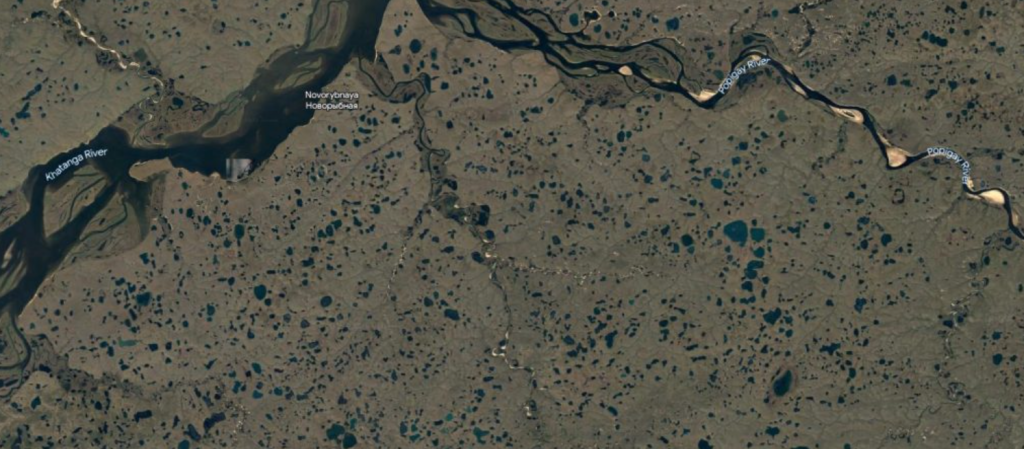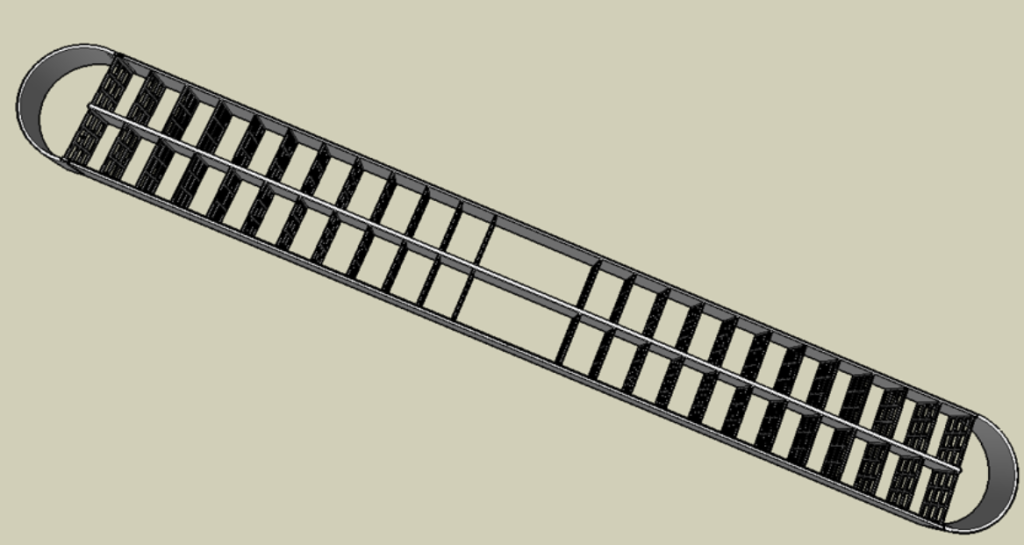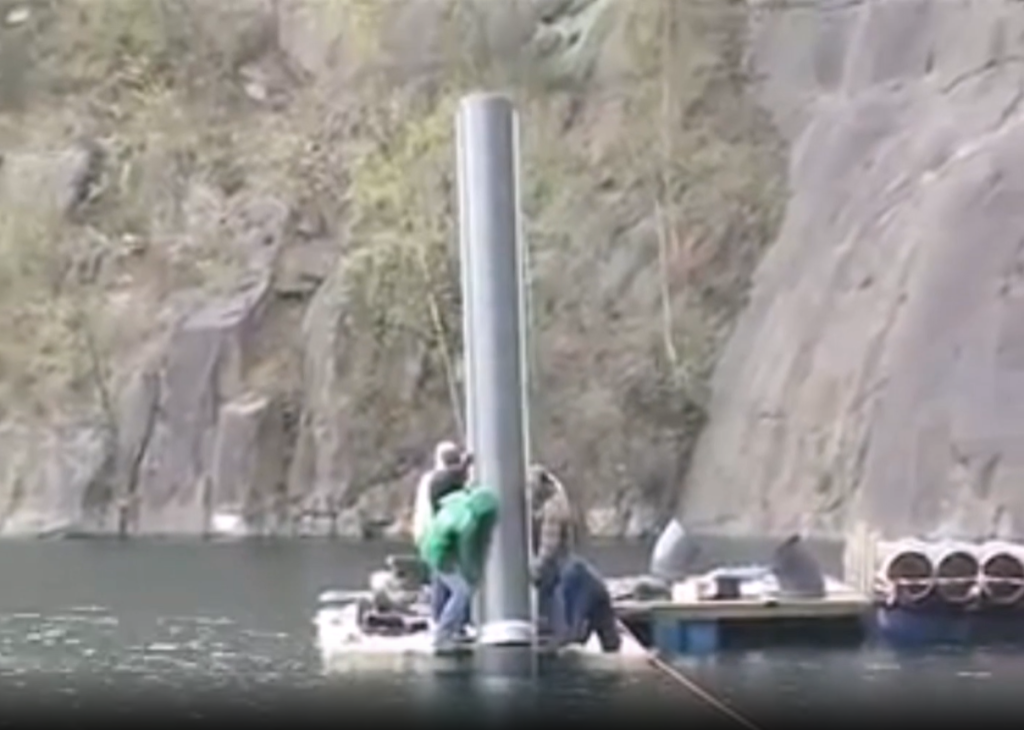System Integration
Ecclesiastes 1:7 (NASB95)
7 All the rivers flow into the sea, Yet the sea is not full. To the place where the rivers flow, There they flow again.
This scripture refers to the cycles of nature as seen in the example of how rivers flow into the sea but the sea is not full. The reason for this is that the oceans evaporate large amounts of water into the air (which forms clouds). These clouds are carried inland by wind and when they meet a high mountain range they are forced into higher altitude. As the clouds rise they become colder and then condense out the water they carry in the form of rain and snow. This rain and snowmelt will then gather into streams and eventually form rivers of water that flow again toward the sea. These cycles of life allow the crops to be irrigated and the grass to grow which feeds livestock and also wild animals. The earth’s entire food production system is dependent upon the water cycle created by God to irrigate the whole earth.
Integrated Systems Found in Nature
The water cycle is just one of the many systems God has created to provide food for humanity and every living creature on earth. But there are also pollution mitigation cycles in operation to cleanse the soil and water. God has created “cleaner” plant species which can draw toxins such as heavy mentals from the soil and from the water. Papyrus plants can draw toxins out of water and collect them within the plant and then incinerate them -thus purifying the water. The same plants can also absorb toxins and carry them out to sea and away from regions of human habitation.
See the link “Pollution Mitigation Technology” for more details.
System Integration Technology
Just as integrated systems are found within nature, we also can create our own integrated systems that imitate natural systems. For example we can integrate power generation together with water purification. Purified water can be used for food production and livestock feed production. Thus the food we consume and the meat we produce will be free of contaminants because the livestock are fed clean feeds. Pollution incineration technology can be combined also with our steel works utilizing high temperatures used by a steel foundry to also incinerate toxins pulled from soil and water by plant cleaner species.
Note: Clicking on the images below will open the associated webpages:

Above is an image of a section of land (located near Kahatanga, Siberia) which is dotted with numerous lakes. These lakes can provide a water source for hydroelectric generation using vertical pipe suspended within the lakes to create an water flow using compressed air.
See the video link “Belgium Pipe” for more details.
The water pulled from the lake by the “Belgium Pipe” can be channeled through plant-growth trays where cleaner plant species like papyrus or industrial hemp can pull toxins like heavy metals and even radioactive elements from water. Then these cleaner plants can then be harvested and incinerated together with the toxins they have drawn from the water. The now “purified water” can then be utilized for food and fodder production for both humans and livestock.

The image above is an example of a system that can produce food and fodder as well as convert CO2 from humans into oxygen. Air is circulated through the system and water is lifted to the higher levels to irrigate plant growth trays. Each drop in water from one level to another also utilizes hydroelectric generation to create energy. So the flowing water within the irrigation system can generate energy needed to operate plant growth lights.
This system can placed underground within a large diameter horizontal tunnel or the same system can be placed upon concrete support posts. In our Siberian location this system can be placed upon concrete columns and the space underneath can be utilized for reindeer production. The system to produce and drop reindeer fodder to these animals below. This same system can be placed on concrete columns (much like bridge piers) over the various lakes. Water can be draw from the lakes using the “Belgium Pipe” energy generation system and cleaner species of plants grown within for water purification. The clean water can then be used for growing clean food and fodder for humans and livestock.
Installing Energy and Food Production Systems over Lake Surfaces

The image above shows a simple setup of building some platforms on top of some empty barrels. These floating platforms allowed them to move large diameter PVC pipe to the center of a deep lake. They hoisted the pipes manually to attach them to a vertical pipe suspended in a deep lake. This system can be greatly improved and automated by building and amphibious vehicle capable of hauling pipe on the surface of lakes. We can build a type of rig with a crane to lift pipe and insert them vertically into the water.
Concerning Freezing Conditions
Most of the lakes in Siberia do not freeze fully to the bottom. Local people can even chop holes in ice to reach fresh water for ice fishing. Therefore we could insert vertical pipes into the water and have about 3 meters below the surface installed with a heating element to resist freezing. Also flowing water is slower to freeze that still water so that combination of flowing water and the heating element near the surface of the lake could be enough to keep the system from freezing over during the harsh Siberian winters.
Integrated Amphibious Installation Rigs
We can develop our own rigs which can install a complete FPU system built upon legs that stand on the bottom of the lake. We can have numerous energy generation pipes (Belgium Pipes) lifting water from the lake while generating clean energy. The water lifted from the lakes can be purified for clean food and fodder production. These FPU systems also have a large living space for families in the center who can manage these largely automated systems.
See the links “PowerSpout-How it Works” and “PowerSpout-Tanna Install” for more details.
See also the link “Inline Pipe Turbine” for more details.